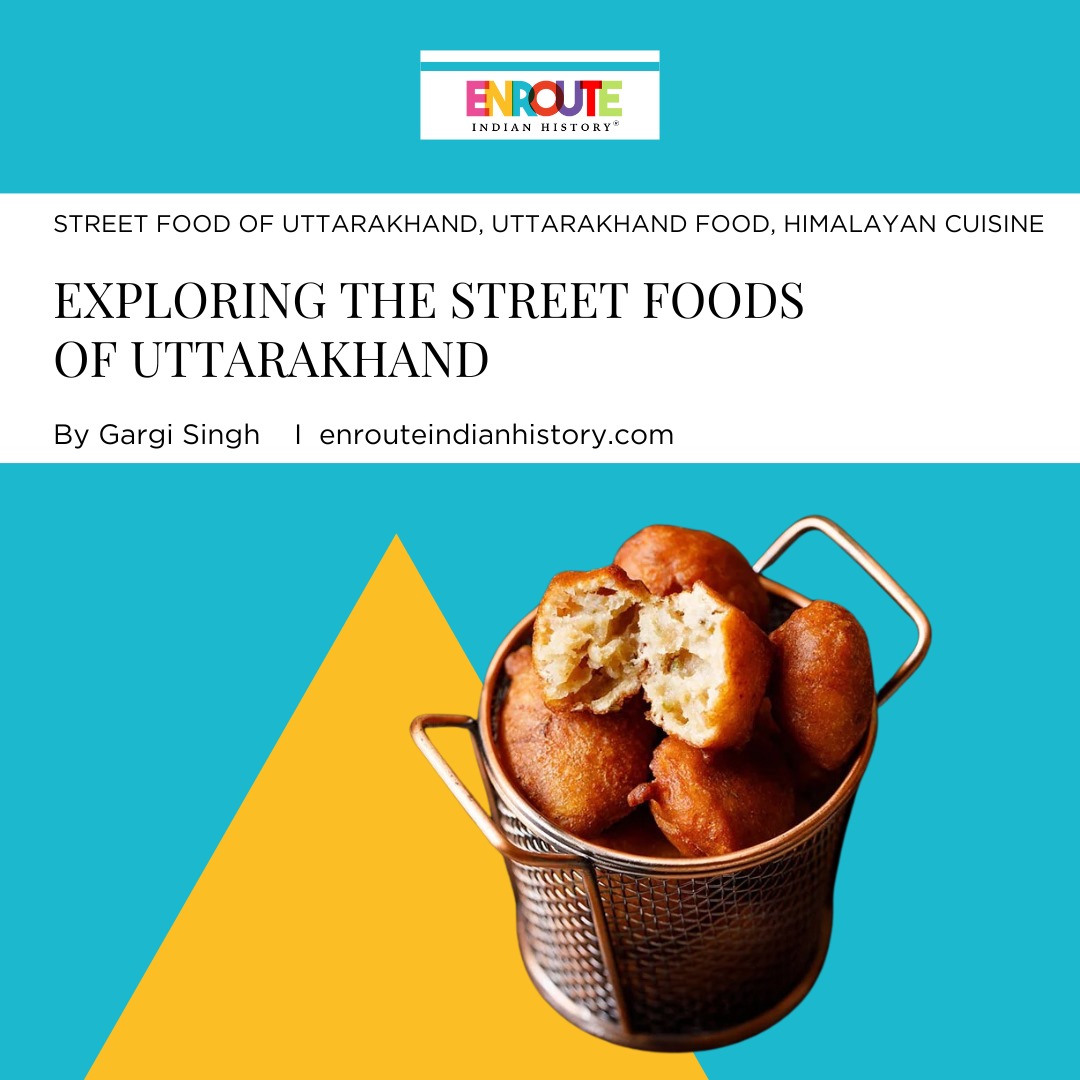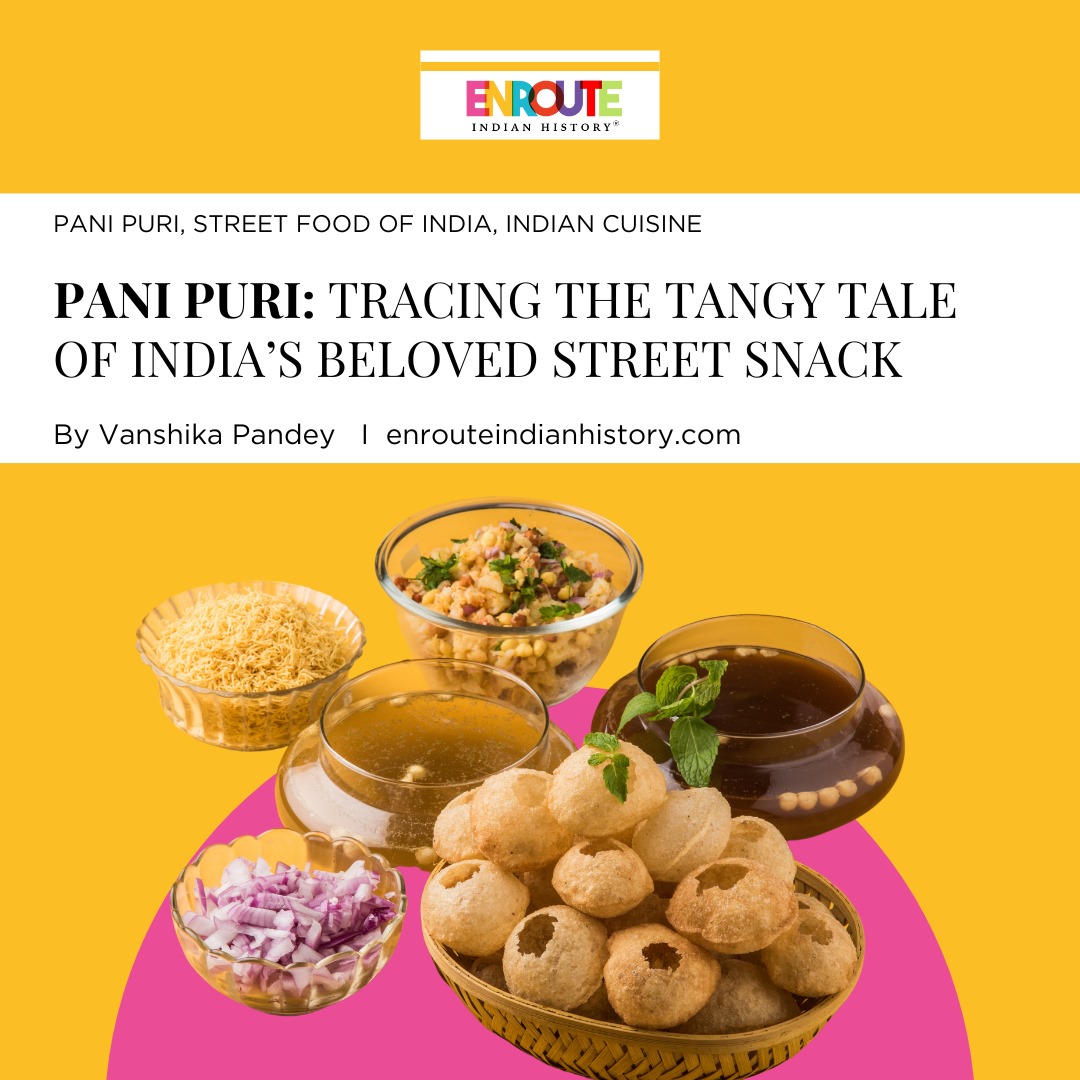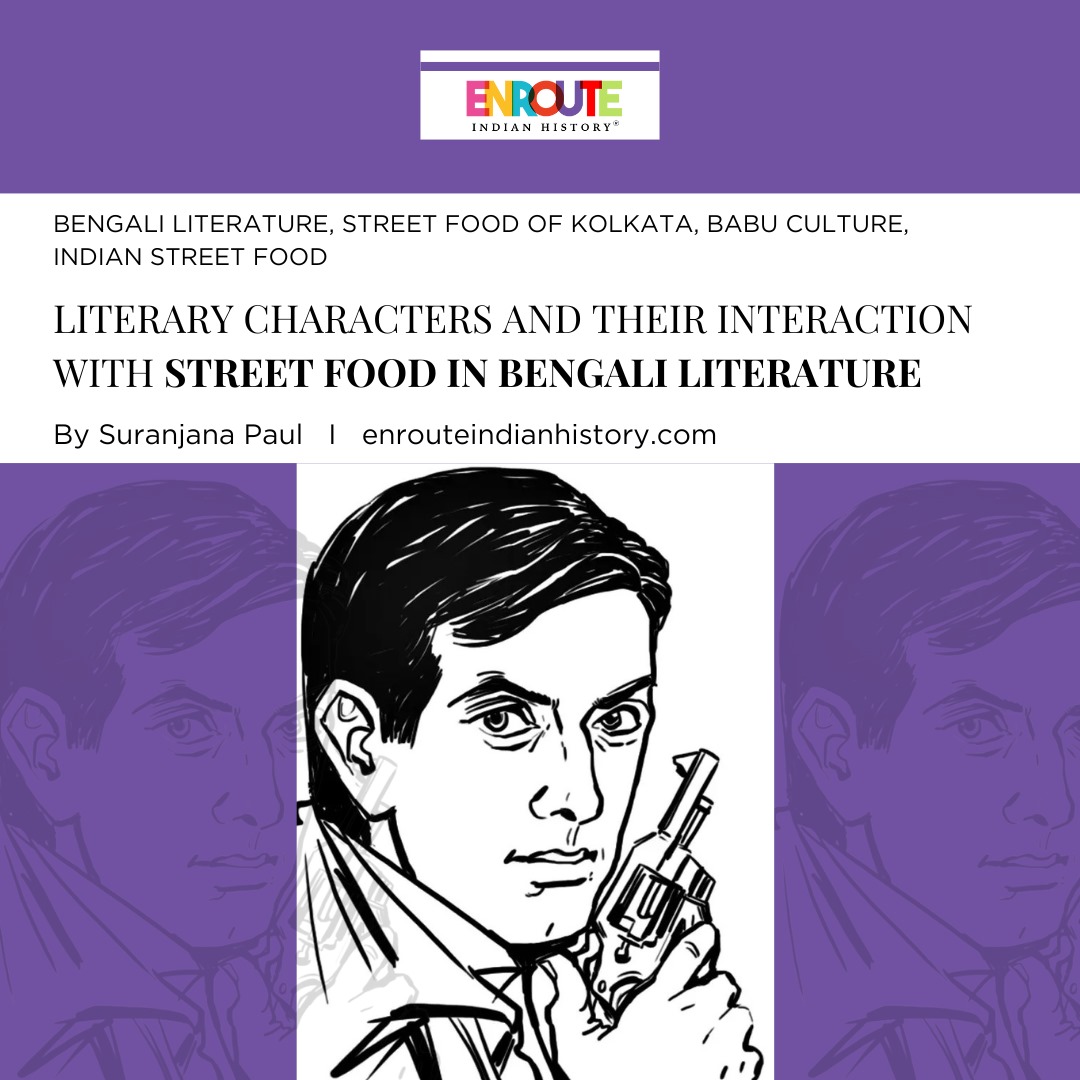How Ruskin Bond celebrated school life through his stories?
- enrouteI
- February 22, 2024

The hill station of Mussoorie, tales from the late colonial era in India, everyday people turned into endearing stories and the love for nature, all these things have a common thread that binds them and that is Ruskin Bond. The celebrated author in Indian literature and a favourite amongst children and grownups alike. Being born in the pre-independence era in the quaint place of Kasauli, Ruskin Bond spent his early years with his father who worked in Jamnagar as a teacher before shifting to Agra to work in the Royal Air Force. His work touches the topics related to the everyday life of people, sometimes even small incidents painted grandly with literary ornamentation. The themes often include the beauty of surroundings, the plight of people from different backgrounds and their fight and hopes of survival, and the innocent world seen through the eyes of children. In all this one can also find the common theme of school and education. Several stories of his touch on this topic.

The award winning book by Ruskin Bond, The Room on the Roof
(Image source – Penguin Books India, PVT Limited, 2017)
A majority of Ruskin Bond’s work has been for children. His short stories, novels and books often portray children as protagonists and revolve around their lives. Through this we get to see their routines, their innocent look towards the world and their education. Though school life is not often portrayed directly, we see occasional glimpses towards one’s educational life, the hardships they face to receive formal education and the importance of it. In his popular story, The Room of Many Colors the author narrates his early experiences with school. His father runs a small school for the children of Maharajas and noblemen. These pupils are taught basic education and the father is given a place to stay in the nearby old palace. Sometimes he would take a young Ruskin to the school. That was meant as an occasional treat for him. He wouldn’t take him every day as then it would make him feel like this was a boredom-filled routine of going to school every day. There the author felt like a grownup amidst the company of princes who were elder to him and recited poems and other stories. He was taught to read and write by his father before he joined a formal educational school.
Ruskin Bond and the theme of school life
In pre-independence India, education was a luxury. It was not something that everyone could afford. Only the privileged class could afford to send their children to receive education in schools. Though schools existed in the villages too, the path towards it was difficult, both in the physical and metaphorical sense. Often in his stories, we come across protagonists who are children and their efforts to receive education. In the ‘Panther’s Moon’, Ruskin Bond narrates the story of Bishnu, a young boy who belongs to a poor family. Bishnu’s father is dead and he is responsible for his windowed mother and elder sister. He attends a school that is around 5 miles away from his home. The school is located in a town whereas Bishnu lives in a small village. Every day he walks around 10 miles to and from school. He crosses the uneven hills and forests and there are no proper roads. He knows that education is going to fulfil his dreams and goes to great lengths to go to school. His friend too accompanies him from a nearby village, he sells milk in the town to afford his school fees.
Glimpses of the colonial education system
This theme of kids coming from rural areas and having no easy access to education is often found in his stories. The kids in ‘A Long Walk for Bina’, ‘Coming Home to Dehra’, ‘Cherry Tree’, and ‘A Face in the Dark’ all come from faraway places which have no direct access to towns and cross hills, forests and rivers to go to schools. This showcases the reality of the Indian education system in the pre-independence days. It was not freely accessible to all. These stories also give the readers a glimpse into the colonial education system. The concept of education was being spread all over the country but was limited to the cities and towns. Due to this, the village kids had to work harder than any of their town counterparts. even reaching the schools was a task. The social and economic differences present were highlighted through simple everyday things. While the students from privileged homes came to the schools as a means of gaining knowledge and enjoying themselves with their friends, for the rural kids it was the means of seeing dreams to get a better livelihood and a better life for the family.

Bishop Cotton Boys School
(Image source – The School| Bishop Cotton Boys School)
Boarding school and other stories
Having spent a few years in a boarding school, Ruskin Bond narrates the memories of that institution. He was put into a boarding school, Cotton Bishop at Shimla when he was around 10 years old. Earlier he stayed with his father in Dehradun and even Agra. After his father’s frequent illness, Ruskin Bond was shifted to the boarding school. Talking of those days, the author narrates about his father’s death. He was at the boarding school when his teacher came to him once and took him for a walk and informed him about his father’s death stating that God needed his father more than he did. In the story ‘The Four Feathers’ the author narrates a tale of himself and his 3 friends who call themselves the Four Feathers. One fine day they find a baby left alone under a tree. They take that baby to the Principal’s home. After some confusion it is discovered that the baby wasn’t left alone and there was a misunderstanding, after the situation gets cleared the principal is about to take his cane to deliver the punishment but is stopped. It displays the kind of discipline and strict punishment that was often normalized in those times.

Ruskin Bond, a prolific writer and kids favourite
(Image source – Kractivism, Kractivist.org)
Exams and Ruskin Bond
In 2006, On the release of his book Funny Side Up, the author mentioned the decreasing number of students who love Indian literature. He stated that reading habits should be encouraged in schools and at home. Due to the examination system in the country, both the parents and teachers want the students to read textbooks and not other books that aren’t related to academics. The Indian examination system is often about ‘by hearting’ (rotting) the answers and topics rather than understanding the concepts and writing an answer. His personal experience with exams is not so positive. He has stated that he was not interested in exams. While he was good in humanities, subjects like literature and history, he wasn’t good at other subjects. He also states that he has a lifelong allergy to exams.
Ruskin Bond is a prolific writer and Padma Shri awardee, he is India’s pride. He is one of the most celebrated writers who contributed to Indian literature. Born in Kasauli, he spent his formative and young adulthood years in Dehradun, Shimla, Agra, Ambala, Rishikesh and the Mussoorie. The main protagonists of his stories were usually children who wanted to cross the barriers and confinements made by the adults. They longed to see life outside and to experience the world. Through his stories, Ruskin Bond often depicted the theme of school life present in the pre-independence period in India. Schools were often limited to towns where children from villages came after crossing hurdles. These stories inspire students who have all the facilities at their disposal and should be grateful for the opportunities provided to them.
Bibliography
Bond, Ruskin. A Long Walk for Bina. Rupa & Company , 2002.
—. Cherry Tree. Boyds Mills Press, 1996.
—. Panther’s Moon and Other Stories. Penguin Books India PVT, Limited , 1993.
—. School Days. Rupa & Company, 2010.
—. The Room of Many Colours: A Treasury of Stories for Children . Puffin Books, 2001.
References
A.S.Raagavi, K.Nandakumar and. “A Thematic study in the short soyories of Ruskin Bond.” Malaya Journal of Matematik (2020): 4594-96.
Mrs.V.Murugalakshmi, Dr.R.Sumathi and Mrs. B.Ajantha. “Portrayal of Children in Ruskin Bond’s The Panther’s Moon.” International Journal fof Science Technology and Management (2017): 314-315.
Sahoo, Prafulla Kumar. “Treatment of the child in the short stories of Ruskin Bond .” Research Scholar (2014): 472-474.
https://www.rediff.com/getahead/report/achiever-in-conversation-with-ruskin-bond/20100118.htm
https://www.hindustantimes.com/entertainment/bollywood/twinkle-khanna-says-ruskin-bond-has-influenced-her-daughter-nitara-in-a-terrible-way-you-are-still-wicked-101649232409038.html
- May 8, 2024
- 8 Min Read


























